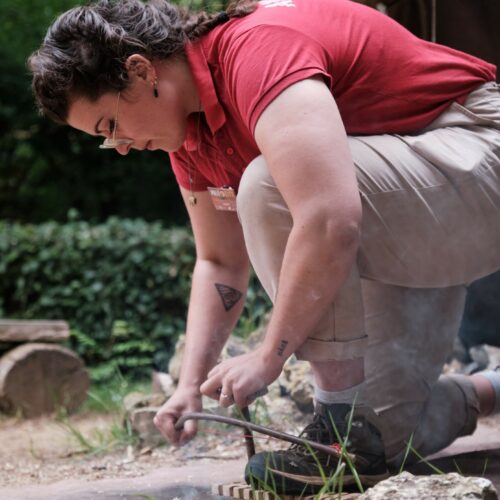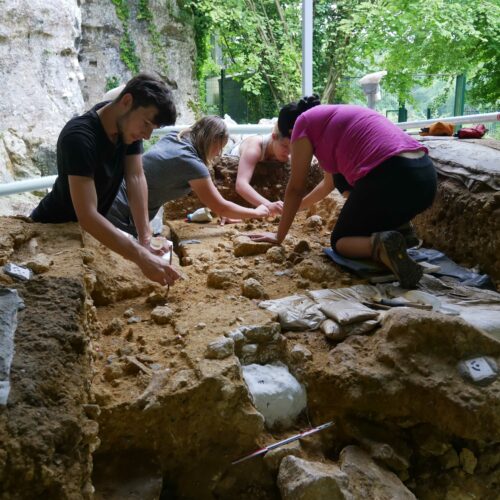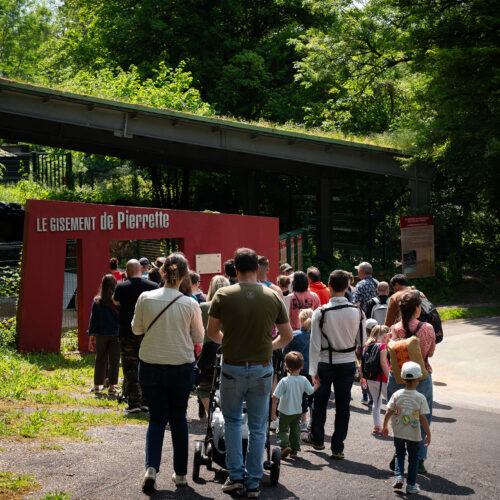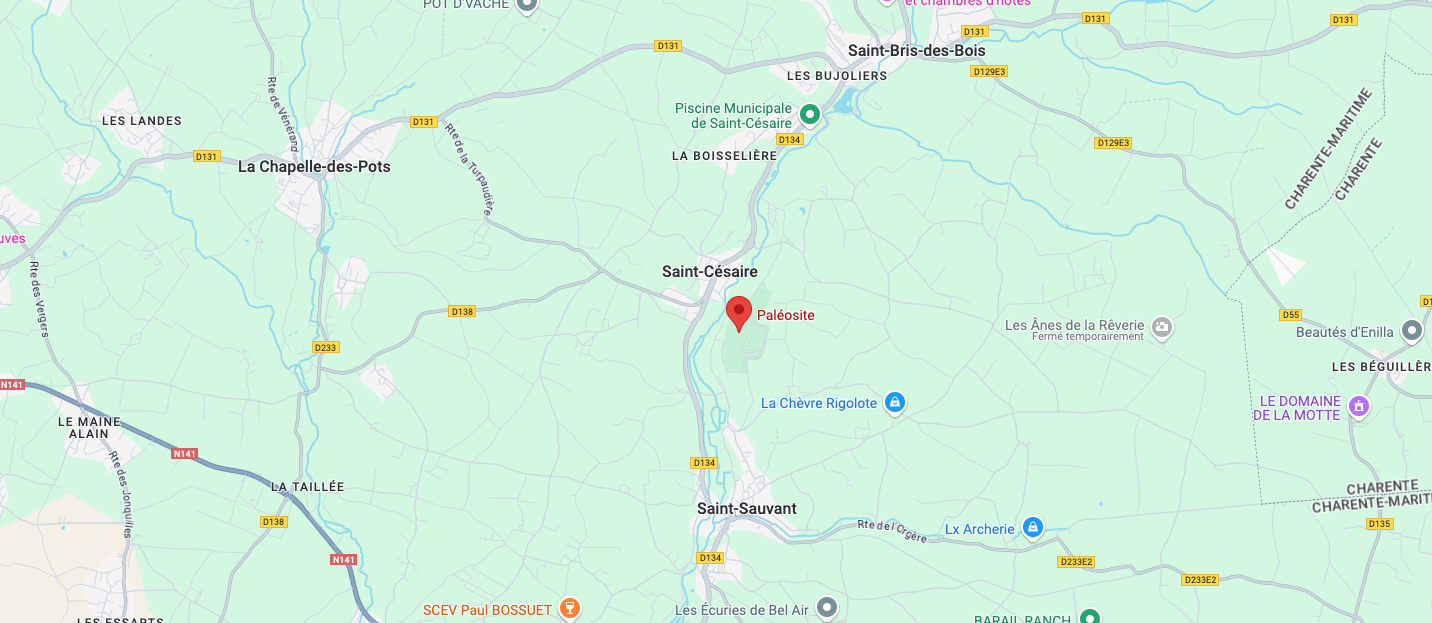2_THE PALEOLITHIC
WHAT IS THE PALEOLITHIC?
The Paleolithic, which means “ancient stone age”, is the earliest period of prehistory. It began with the appearance of the first tools around 3 million years ago and ended around 10,000 years ago with the beginning of sedentary lifestyle and the emergence of agriculture and livestock farming. It is divided into three periods, each corresponding to a different way of knapping stone: the Early (or Lower) Paleolithic, the Middle Paleolithic and the Late (or Upper) Paleolithic.
During each of these periods, different lithic industries emerged. The term “lithic culture” refers to the tools and techniques characteristic of a material culture, i.e. of the lifestyles and practices of a prehistoric society.
Several material cultures from the Middle and Late Palaeolithic have been identified at the Saint-Césaire site, where Pierrette, the Neanderthal individual discovered there, lived with her group around 39,000 years ago. Analysis of the site's stone tools also revealed a Neanderthal presence prior to that of Pierrette, and a later occupation of the site by several groups of Homo sapiens.
Knapped stone therefore holds a special place in archaeology: it's a well-preserved and highly valuable resource for understanding prehistory! There were undoubtedly a large number of tools made of bone or wood, of which there are few, if any, traces.







